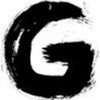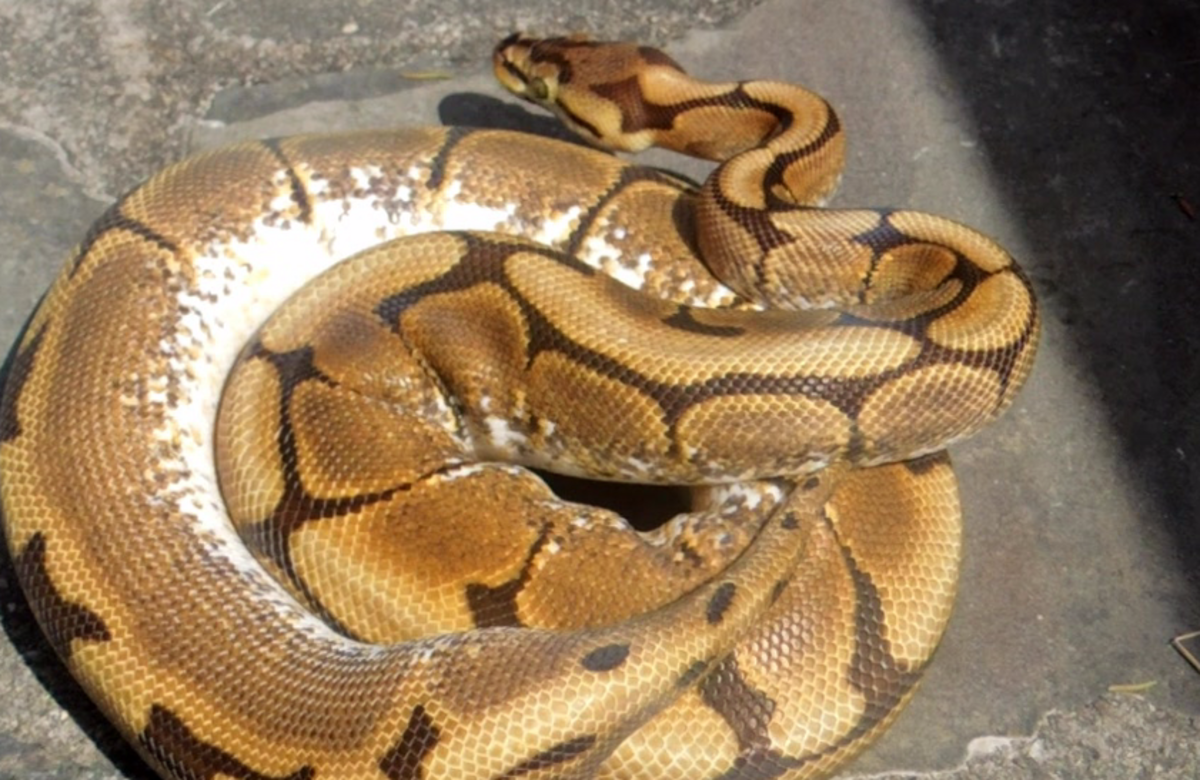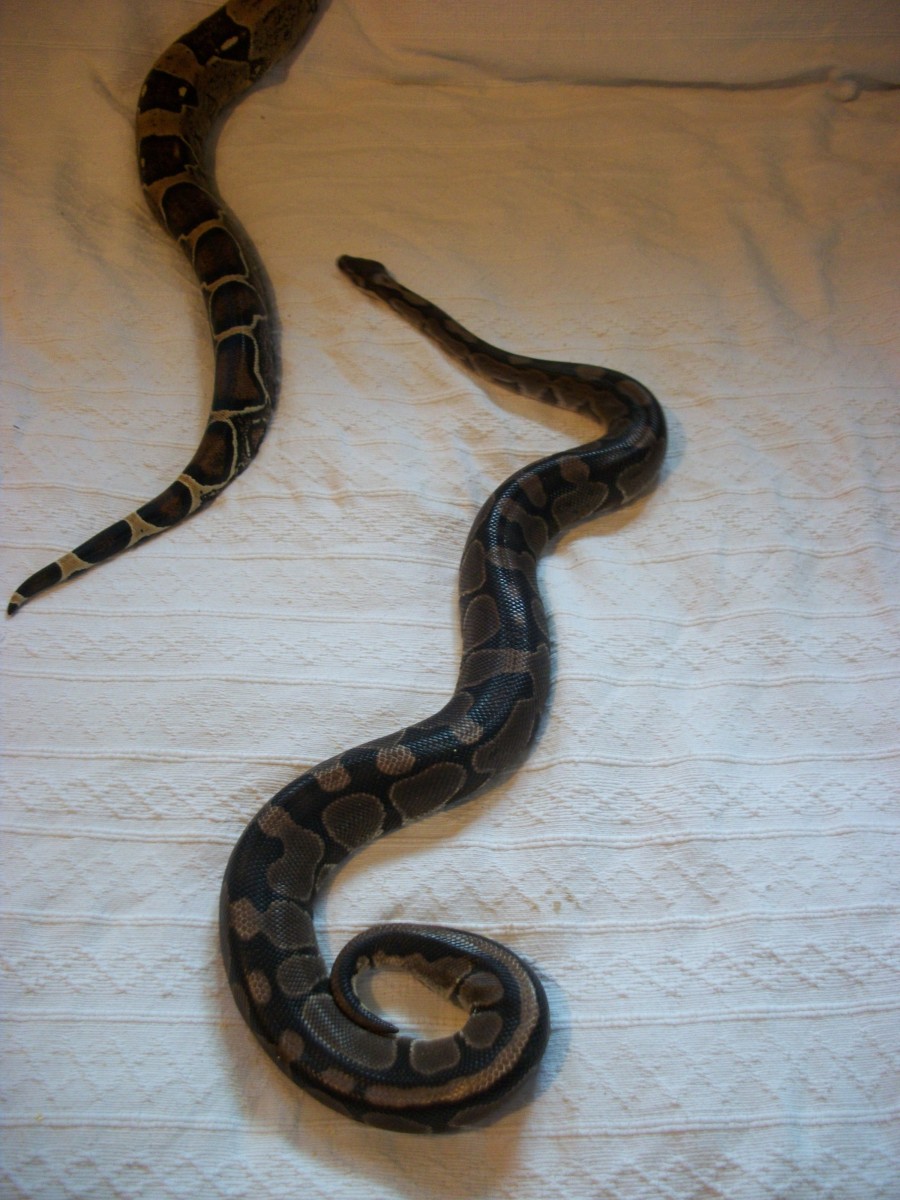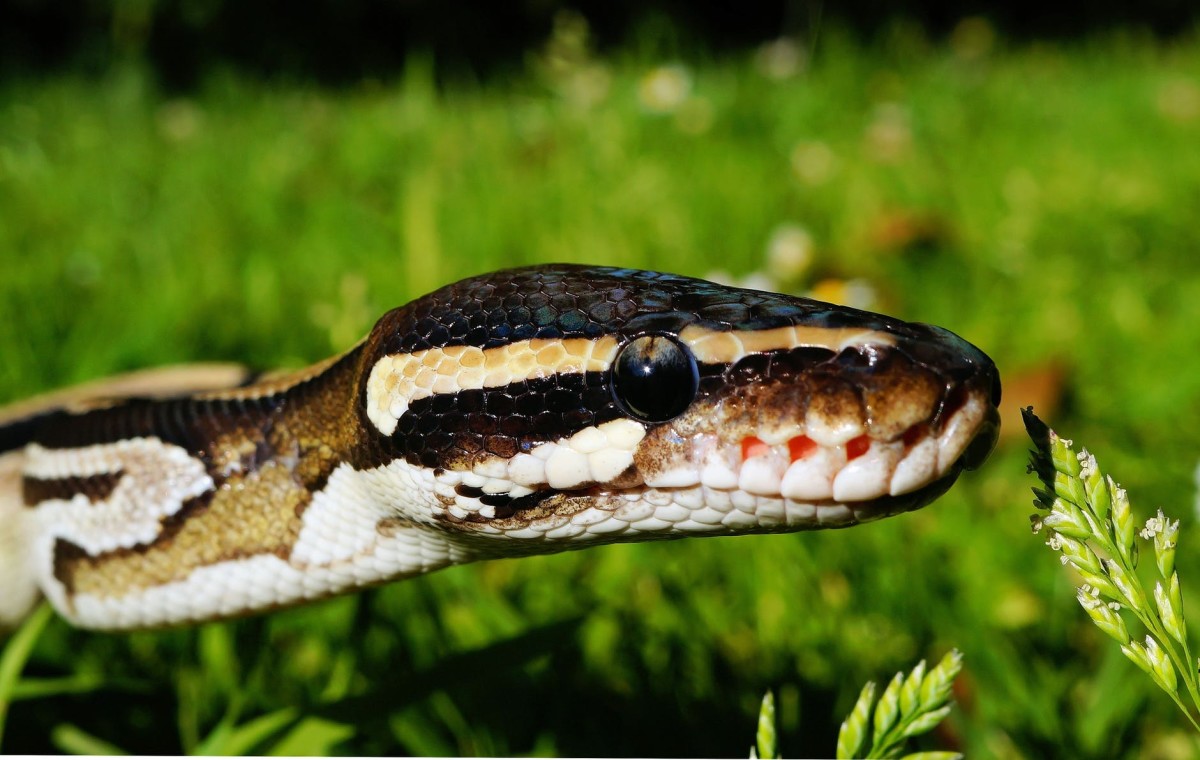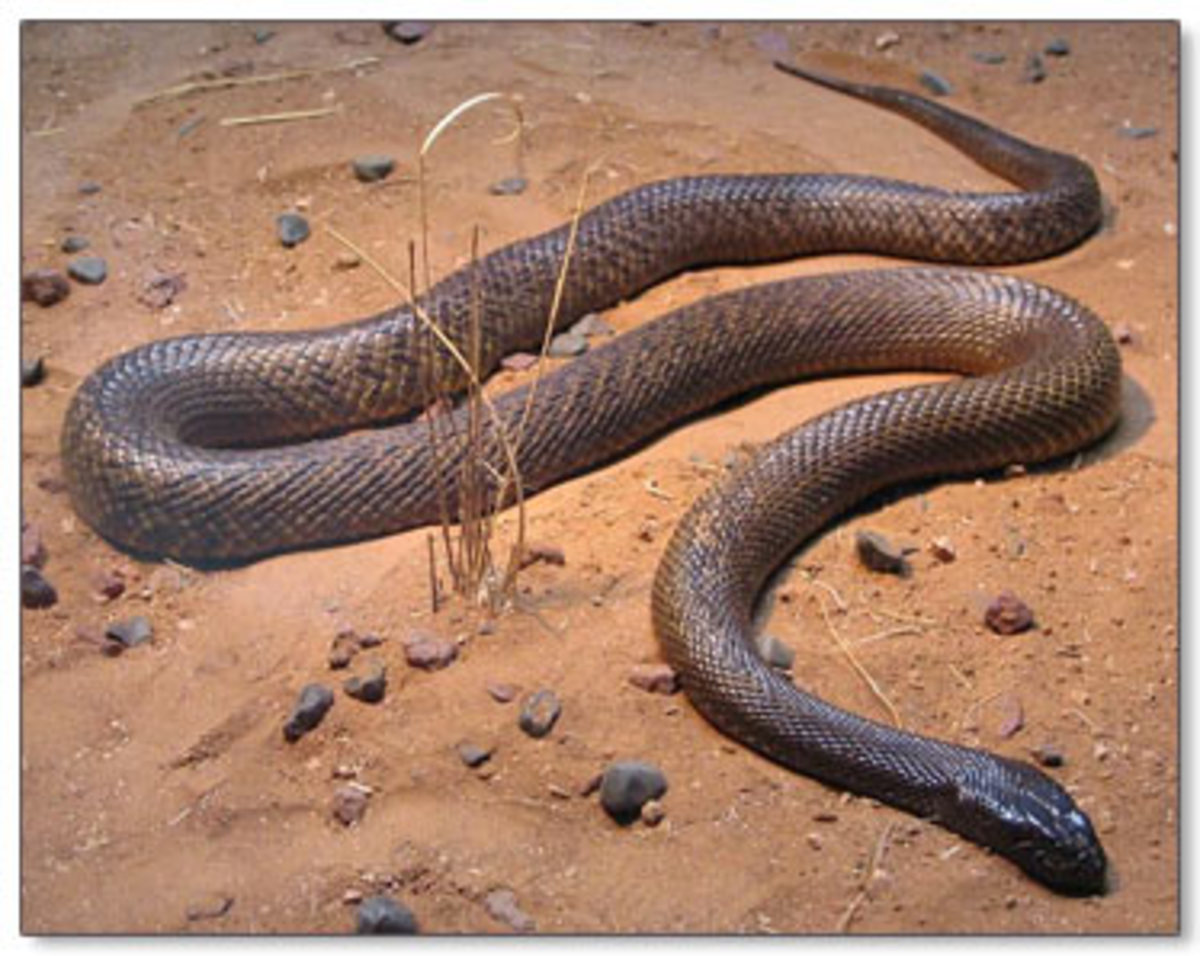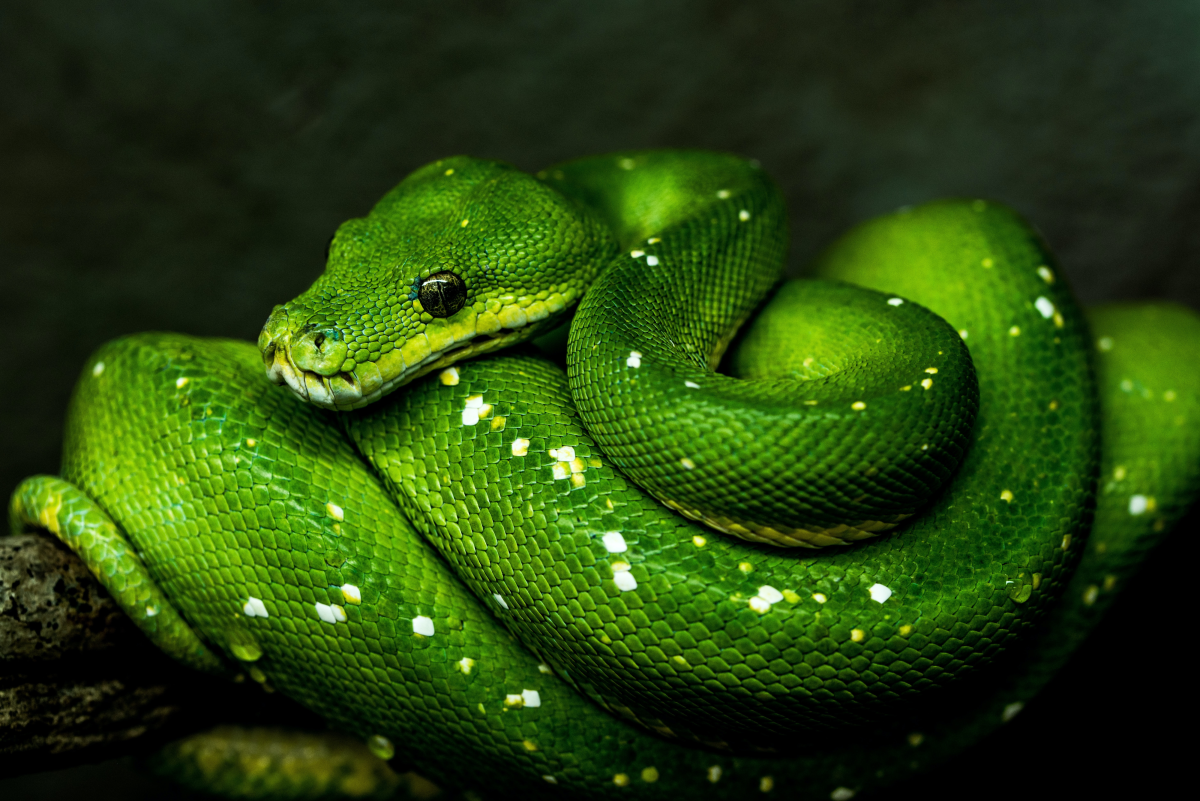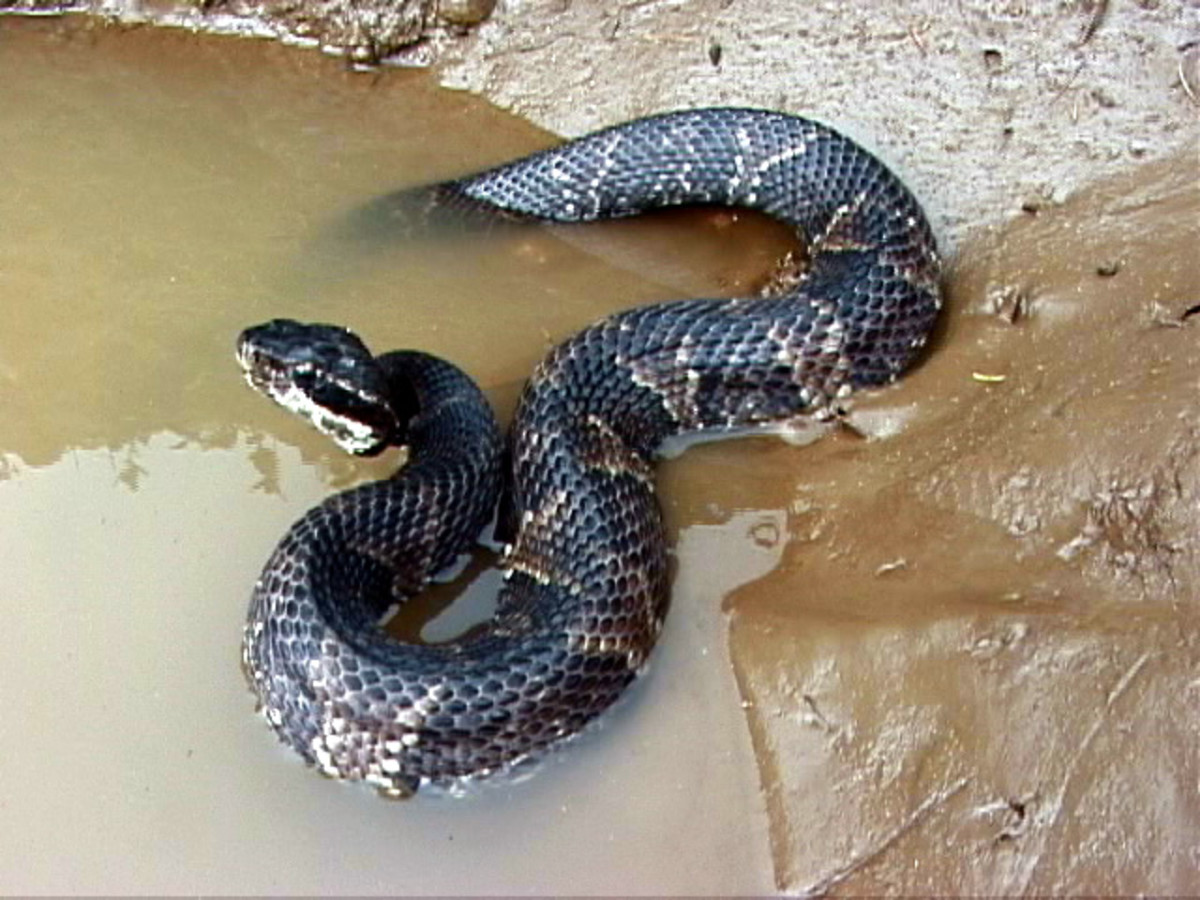How Ball Python Snakes Shed Skin
Several times a year, your snake will need to shed its skin. Snakes shed their entire skin as they grow; they shed more frequently as rapidly growing juveniles and shed less frequently as slower growing adults.
The shedding process in ball pythons normally takes about two weeks. In the early stages of the process, a ball python's belly will commonly begin to take on a pink hue. As the process progresses, the skin will become dull and the eyes will cloud over, turning a gray or blue color. The phrase "in the blue" comes from the blue appearance of the eyes as the snake prepares to shed. After a few more days, the eyes clear up. In another few days, the ball python begins to shed its skin. A good shed is usually defined as a shed in which all the skin has come off the snake. This can either be in one piece or in a few pieces. It is critical that all of the skin comes off. A bad shed occurs when skin is left on the ball python. This is a common sign of low humidity or possible dehydration. You will need to remove any retained skin. Allowing the snake to repeatedly crawl through a warm, damp washcloth will help remove adhered skin.
Carefully check the eyes to make sure that no retained eye caps remain. Do not confuse a "cracked" or dented spectacle (the clear scale that covers the eye) with a retained eye cap. An eye that has a retained eye cap will have a slightly different appearance from the snake's other eye. On some retained eye caps, you'll notice a small piece of skin around the orbit of the eye. If your snake has a retained eye cap, use a damp cotton swab and gently rub this over the eye to remove the eye cap. You can also use a damp fingertip to carefully remove the eye cap from the eye by gently rubbing. Eye caps generally pop right off. If this does not work, you may need to take your snake to your local veterinarian to have the cap removed.
Just as retained eye caps can damage your snakes' eye, retained shed skin can damage its skin. Always check the tip of the tail for retained shed skin. This area is often overlooked, and sometimes a constricting band of shed skin builds up around the tip of the tail. When this is not corrected, the tip of the tail may die and fall off. Occasionally, skin may also remain stuck to the base of the spurs. Inspect these areas carefully after each shed. Be ready to carefully and gently remove any skin left on your snake to prevent it from causing problems.
If your ball python consistently has difficult sheds, make adjustments to the humidity in the cage; as well, you may wish to make your snake a shed box. This can be a container with a lid and a hole cut in the side that is large enough for your snake to pass through without difficulty. Make sure that all sharp edges have been filed off after you have cut the hole in the side of the container. Inside the box, place damp paper towels or damp sphagnum moss. Only use the box during the later stages of shedding, after the eyes have gone clear. Once the snake is done shedding, remove the box and thoroughly clean it out so that it will be ready to use the next time.
- Hatchling Ball Pythons Care Tips
Hatchling ball pythons must be housed in their own separate cages. Failure to house them separately may result in some or all of them refusing to feed. There have also been rare instances of cannibalism among... - Dealing with Ball Python Feeding Problems
One of the most common health problems with ball pythons is their failure to feed on a regular basis or at all. This is commonly seen with imported ball python adults, since they do not readily recognize a...
